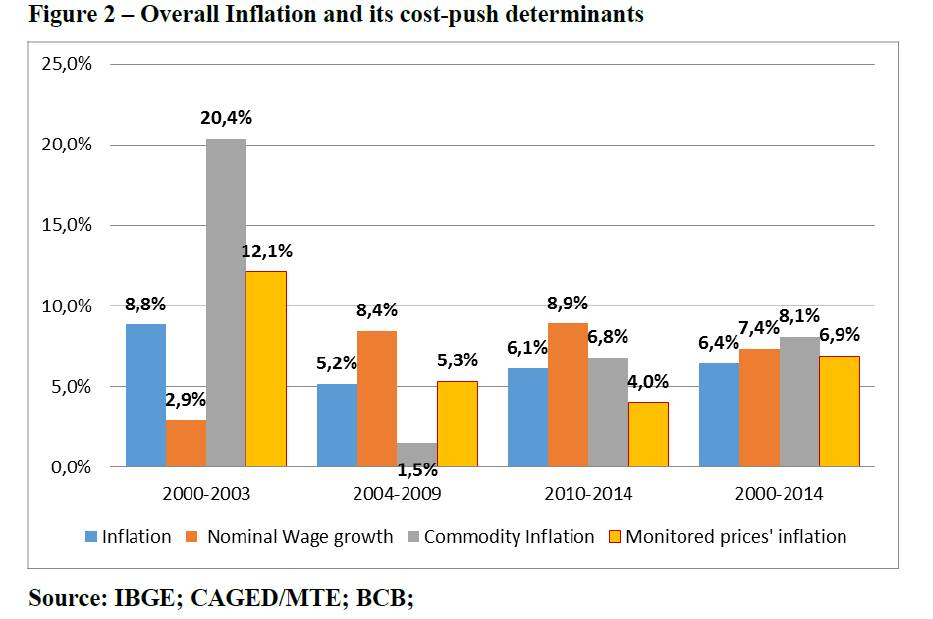Contents
These standards ensure that when a person goes to a retail store to purchase an item, such as a two-by-four, the sizing is consistent regardless of the store visited or the product manufactured. A code is a set of rules organizations must adopt and follow to perform services like building, repairs, or purchases. Codes are meant to lay forth the engineering specifications required for the security planning and construction of piping infrastructure. In contrast to standards, which are freely agreed-on principles and only become enforceable when included in a business contract, a code has the legal force of law. The commonest form of standardization is in the space of business processes.
Many large Indian enterprises have new deployments which involve the creation of more than a hundred rooms, with 200+ room projects becoming increasingly common. Creating and managing this kind of scale brings a new set of challenges for IT and Facilities teams, who need to ensure they get many decisions right. Among the core aspects that assist in the ascent of any business endeavour in today’s era of globalization, proficiency in the field of Information Technology holds vital importance. A corporate venture can scale the invincible heights and carry out fabulous business in a limited span if it employs the best IT infrastructure in practice.
This committee does the maximum work involved in the preparation of the draft standard. The technical committee is to work within the framework of the governing policies and procedures for the preparation of the standards. The members of the committee are required to have good technical knowledge https://1investing.in/ about what is to be standardized. Also, they are to understand that the preparation of a standard needs consensus where the views of various parties are to be accommodated. Further, the committee is required to have a balance of members who can represent the needs of both suppliers and consumers.

Room hardware standardisation is very important to core hardware (video/audio) optimised for room size – including things like camera, speakers, microphone, display and power. As a user of such organisational infrastructure also, there are some challenges to consider. Imagine having the goal of standardization is to ensure uniformity to certain to host an important meeting and finding yourself stuck with a conferencing system that you don’t know how to operate. E-Startup India is a Google Partner, which implies we are rigorously involved in assisting SME businesses to market their presence in the digital world.
Agricultural Ministries Around the World
Standardisation will ensure better usability across the enterprise and make it consistent and simpler to book, call and present. Besides, a standardisation process facilitates a sense of ease to plan and estimate when budgeting for rooms in new offices or meeting rooms. SMEs may overcome several complexities and address the growing needs of an organisation through the more sustainable solution of standardisation.
Some three decades later, seller market conditions, which prevailed for some time after the Second World War, put consumer interest under threat. To safeguard this interest and to meet the rising demand for standards for finished products, standardization activities increased in various countries, with the additional support and involvement of government and industry. The requirements of a particular business or product are outlined in specifications, as opposed to codes and standards, which can be applied generally to industry and region.

Removal of trade barriers – Restrictions on the export of processes, products or services by the introduction of some technical barriers to trade, such as arbitrary product requirements, are being viewed with great concern. Standardization prevents such non-tariff barriers to trade by harmonizing requirements in a manner that promotes fair competition. Customers can be convinced about the quality level of a product which has been manufactured according to a recognized standard. Interchangeability – Interchangeability is the suitability for a process, product or service to be used in place of another to fulfill a relevant requirement. Interchangeability can be introduced through an intentional standardization process. Process of standardization assists in the interchangeability even if the processes, products or services are created in different countries.
Environmental protection – Environmental protection is an important aim of standardization. The target through standardization is to focus on preserving nature from damage which can be caused either during the production of the product or during its use or disposal after use. Standardized lots allows for greater liquidity in the financial markets. With increased liquidity comes reduced spreads in the market, creating an efficient process for all participants involved.
answers to this question
Continuous improvements are made as manufacturing companies standardize their components and processes so as to produce a high-quality, low-cost product. Standards, as soon as carried out, quickly turn into the established order and should turn into entrenched within the corporate tradition, making them onerous to alter when change is needed. However, market circumstances often change, and companies that change quickly are greatest positioned to reap the benefits of them. If an organization builds up a buyer base that values its distinctive niche merchandise, or if the company serves a specialized market, standardizing its processes could mean it loses some of its former prospects. As stated earlier, the output of the process of standardization is the creation of standards. A market leader may decide that it is time to standardize its technology to grow the market.
In other words, it is the power for an organization or enterprise to make use of the same marketing technique from one nation to the next, and across numerous cultures. When a product has basically the same appeal all over the world, global standardization is a useful tool. Businesses engaged in manufacturing processes typically type framework agreements that be sure that the products they produce meet the identical specs as different businesses in the business. The standardization may cover products sold in a single geographical location or the global arena. Products may be both standardized or customized to a focused client base.

Although it is no less important, the quality of the results is also often considered. The main commercial advantages of standardization are technical interchangeability, compliance with regulations, and improved customer confidence. Standardization aids in establishing compatibility between various machines or subsystems and permits expansion features and information exchange amongst different systems.
Some of the answers are a must read – Dipankar, Setu, Ilavarasi, Raja – for the examples that they have quoted. While Madhu’s answer is a good read to get a gist of the steps involved in implementation of standardized work. However, the answer that stands out, covers all aspects and connects to various other lean principles is provided by Rajesh and hence is selected as the winner.
#5. How does ISO implement HLS in development of various ISO standards?
Work Sequence; the second element of standard work, describes the work done in a numbered sequence of manual tasks. Work Sequence is important to be clearly defined, so that different job can be done by different people and obtain same result. When the process is done in a different sequence each time, we will not get same results. In addition, problems such as accidents, incorrect parts, defects and missing parts, often occur when there is no defined and standardized Work Sequence Standard WIP. Identify and define the most efficient and effective practices and the time required for each task/process to the right level of detail. SMEs can opt for optimised VC performance with better acoustics and lighting in all rooms.
- Global standardization is the flexibility to make use of commonplace advertising internationally.
- It will be helpful to ensure that the AV experience is of high quality and consistent across rooms for the senior management, cross-functional teams like facilities, IT, Marketing and HR.
- If an organization builds up a buyer base that values its distinctive niche merchandise, or if the company serves a specialized market, standardizing its processes could mean it loses some of its former prospects.
- TAKT time is the rate at which we need to complete the product in order to meet the customer expectations / demand.
- It is a process of marketing a good or service without making any changes to it.
This can result in a more robust collaboration infrastructure, and one that can be made more conducive for operation in various scenarios – WFH, hybrid or in-office. The idea behind standardization as per HLS is to make sure that all the new standards adhere to and share a common consistent principle, i.e. The basic attributes and the requirements that are specific to each management system standard are included in this structure in the form of sequential chapters. Derivation of norms is an integral part of the process of standardization. When codes are adhered to during the construction phase, they offer safety, quality, and product integrity.
Standardization can be present in business processes when firms require a consistent degree of high quality. Considerable milestones have been reached in the productivity of farm produce in the country. Concerns about food safety and quality, environmental protection, worker safety, and welfare have also gained importance. Thus, it is desirable to set up control and compliance systems for various kinds of farm produce covering horticulture, floriculture, food grains, aquaculture, livestock etc. In this context, it is necessary to pay attention to the quality of production practices requiring minute attention at different aspects of production, handling, and distribution.
What is a standard?
This in turn improves the overall quality and thereby improves the confidence of the customers.Standards provide benefits to different sectors of society. Product quality standards – Standardization can ensure certain levels of product quality. Standards concerning product quality are required to be prepared, focusing not only on the need of the organization but also to meet the needs of the customers. These standards are to satisfy the requirements of the processes employed as well as the requirements of safety and environment conservation for meeting the regulatory and mandatory legislation. The development of standardization as an engineering activity was pioneered in 1793 by Eli Whitney. Standardization of screw threads by Sir Joseph Whitworth dates back to 1841.
This will optimize your capacity to the meet the demand without keeping too much of inventory in reserve. Benefit of Inventory – It helps to forecast the resource crunch in advance which helps to maintain at least minimum resources to operate the business. Takt Time; the speed of a job that must be done, so as to fulfill customer demand.
India Dictionary
A company wants to produce a consistent product so consumers will know what they’re buying. Fitness for purpose – It is the ability of the process, product or service to fulfill a defined purpose under specific conditions. Any product, process or service is intended to meet the requirements of the user.
With centralised AV equipment, there is an improved user experience that leads to equipment optimisation. Also, centralised purchasing simplifies accounting and inventory management. We recommend that organisations invest in backup hardware, allowing for replacement or swapping if required.

